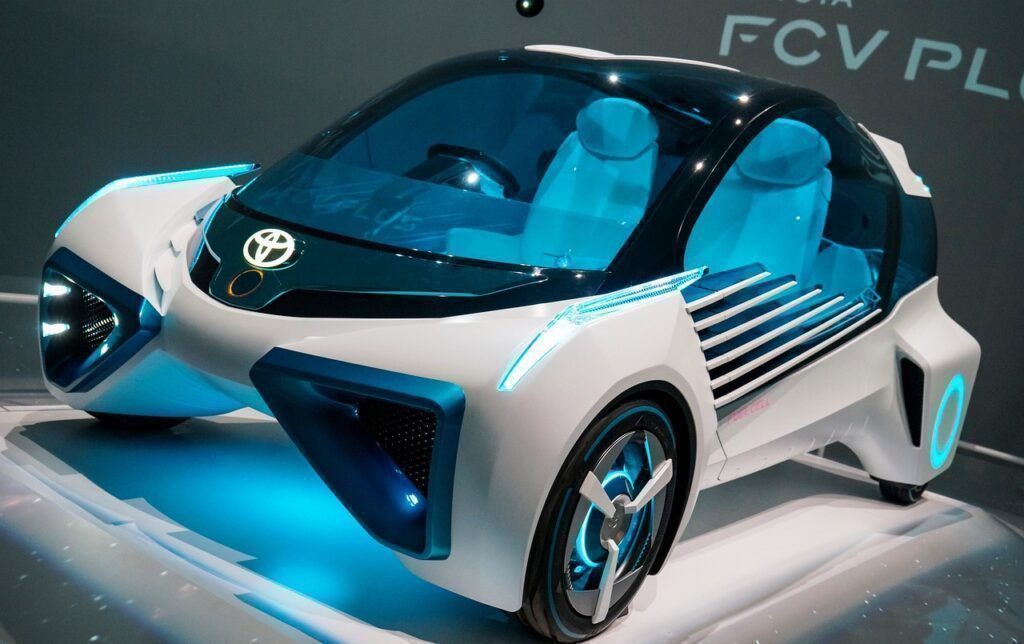As artificial intelligence (AI) progresses toward general intelligence and superintelligent systems, the conversation is no longer just about capabilities—it’s about control. The idea of machines becoming smarter than humans, once the stuff of sci-fi, is now a topic of active research among the world’s top institutions. Central to this concern is AI alignment: the science and philosophy of ensuring that powerful AI systems act in ways that are beneficial and consistent with human values.
In 2025, with foundation models like GPT-4, Gemini, and Claude advancing toward more generalized reasoning and autonomous decision-making, the question is not if we’ll reach artificial superintelligence (ASI)—but whether we’ll be ready when we do. This article explores how researchers are tackling the multifaceted challenges of AI safety and alignment and what’s being done to prevent catastrophic outcomes.
What Is AI Alignment?
AI alignment is the process of ensuring that an AI system’s goals and behaviors remain aligned with human values, ethics, and long-term interests. As AI systems become more powerful and autonomous, misalignment becomes increasingly dangerous—not because the AI is evil, but because it might optimize the wrong objective too effectively.
Nick Bostrom, AI philosopher at the Future of Humanity Institute, described a misaligned ASI as “a genie that gives you exactly what you ask for—not what you want.”
Why AI Safety Is a Pressing Concern
There are two main categories of AI safety concerns:
- Short-term (Present-day issues):
- Bias in training data
- Lack of interpretability
- Adversarial attacks
- Autonomous weapon systems
- Misinformation generation
- Long-term (Advanced general or superintelligent systems):
- Goal misalignment
- Reward hacking
- Value drift during recursive self-improvement
- Loss of human control
- Existential risk (x-risk)
Recent Developments Driving Safety Urgency
- AutoGPT and open-ended agents have shown early signs of goal persistence and autonomous task planning.
- RLHF (Reinforcement Learning with Human Feedback), while effective, has limitations in scalability and long-term behavior shaping.
- The U.S. AI Executive Order (Oct 2023) and the UK’s Frontier AI Taskforce have elevated alignment research into matters of national security.
- Leading voices like Elon Musk, Yoshua Bengio, and Geoffrey Hinton have called for international coordination on AI risk.
Key Research Areas in AI Safety and Alignment
1. Inverse Reinforcement Learning (IRL)
Rather than defining what the AI should do, IRL teaches AI to infer human values and goals from observing behavior. This could help prevent hardcoding brittle reward systems.
📚 Ng & Russell, “Algorithms for Inverse Reinforcement Learning,” 2000.
2. Scalable Oversight
Human evaluators can’t label every behavior of a superintelligent agent. Techniques like recursive reward modeling and debate-style supervision attempt to scale oversight through AI assistance.
3. Interpretability and Explainability
Black-box models pose serious risks. New tools like SAIL (Scalable Interpretability Layer) and mechanistic interpretability research attempt to “open the hood” of deep neural networks to track reasoning chains and detect anomalies.
- Anthropic’s “transformer circuits” research maps how attention heads encode logic.
- OpenAI’s microscope project explores interpretability in vision models layer-by-layer.
4. Myopia and Corrigibility
Some researchers aim to train AI systems to be myopic—focused on short-term goals and corrigible, i.e., responsive to human intervention or shutdown. A corrigible AI doesn’t resist being turned off.
5. Constitutional AI
Pioneered by Anthropic, this approach trains models to follow a “constitution”—a written set of ethical rules—rather than relying solely on human feedback. It encourages models to critique and improve their own responses autonomously.
Notable Organizations Leading AI Safety Research
| Organization | Focus Areas |
|---|---|
| OpenAI | Alignment of large language models, interpretability, constitutional AI |
| DeepMind (Google) | Long-term safety, reward modeling, AGI containment |
| Anthropic | Constitutional AI, scalable oversight, AI behavior transparency |
| MIRI (Machine Intelligence Research Institute) | AGI theory, value alignment, existential safety |
| ARC (Alignment Research Center) | Task decomposition, mechanistic transparency, adversarial evaluation |
| Center for AI Safety | Policy, public education, risk prioritization |
Technical vs. Governance Approaches
While technical alignment is crucial, researchers emphasize that alignment cannot exist in a vacuum. Governance plays a complementary role through:
- Frontier model evaluations (e.g., UK Frontier AI Safety Protocols)
- Red-teaming and external audits
- Compute governance—tracking who has access to large training resources
- Licensing for advanced AI systems
- Kill-switch and off-switch protocols
The EU AI Act, U.S. NIST AI Risk Framework, and G7 Hiroshima Process are early steps toward global coordination, but gaps remain in enforceability and reach.
Philosophical Questions and Open Problems
- Value Learning: Can a machine ever fully understand and replicate human moral intuitions?
- Multimodal Misalignment: How do we ensure alignment across image, text, audio, and embodied environments?
- Inner Alignment: Even if outer behavior is aligned, will the internal motivations of the system reflect benign intent?
- Recursive Self-Improvement: What happens when AI begins optimizing and improving its own code?
Concrete Safety Tools and Techniques
| Technique | Purpose |
|---|---|
| RLHF | Teaches models desirable behavior using human feedback |
| Adversarial Training | Prepares models for malicious inputs or prompts |
| Rule-based Constitutional Training | Embeds ethics in model responses |
| Alignment Taxonomy Evaluation | Structures safety testing by risk types |
| Simulated Human Evaluation | Uses AI agents to simulate diverse ethical perspectives for alignment testing |
The Future of AI Alignment (2025–2030)
In the near term, expect to see:
- Automated alignment tools integrated into foundation model pipelines
- Government safety evaluations prior to commercial model release
- Open-source alignment benchmarks shared across labs
- AI watchdogs trained to oversee other AI models in real-time (model-on-model auditing)
Ultimately, alignment is not a one-time solution, but an ongoing negotiation between human values and machine reasoning—both of which evolve.
Conclusion
AI alignment is arguably one of the most important challenges humanity has ever faced. As we develop systems that may soon surpass us in intelligence, our task is not just to teach machines what we want—but to ensure they keep asking whether it’s still what we should want.
Through a combination of technical breakthroughs, philosophical rigor, and international cooperation, researchers are laying the groundwork for a future where superintelligent systems become our greatest allies—not existential threats.

